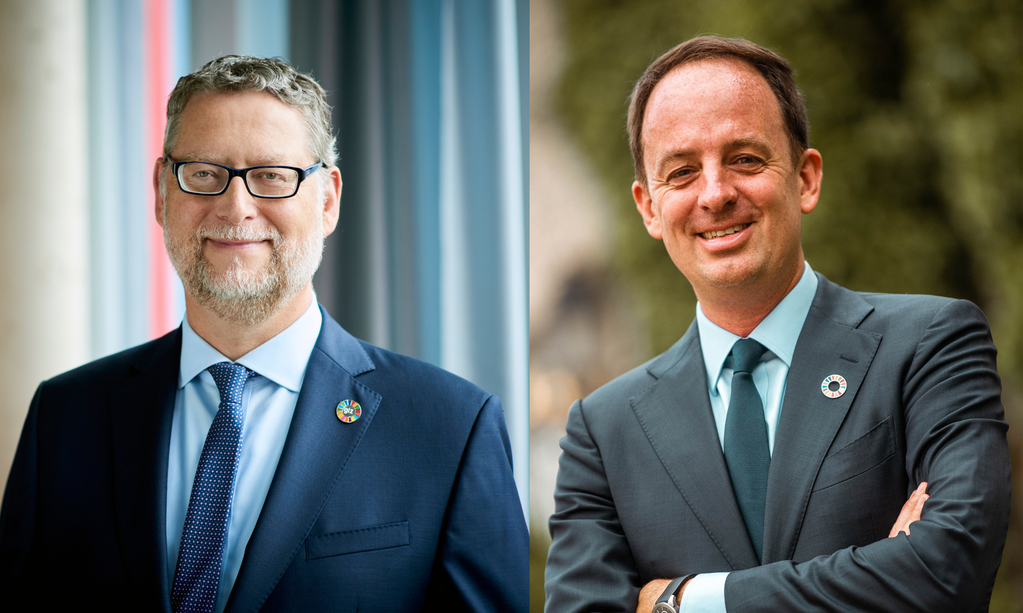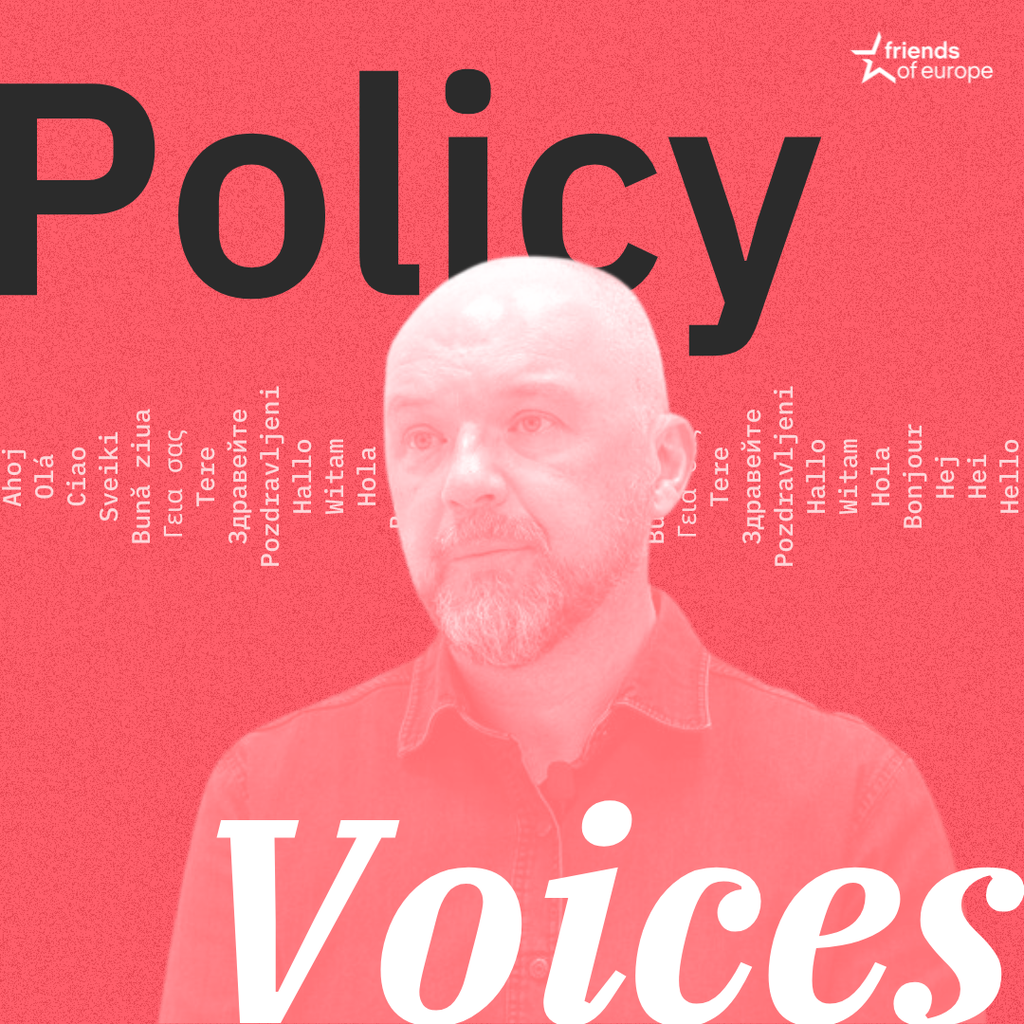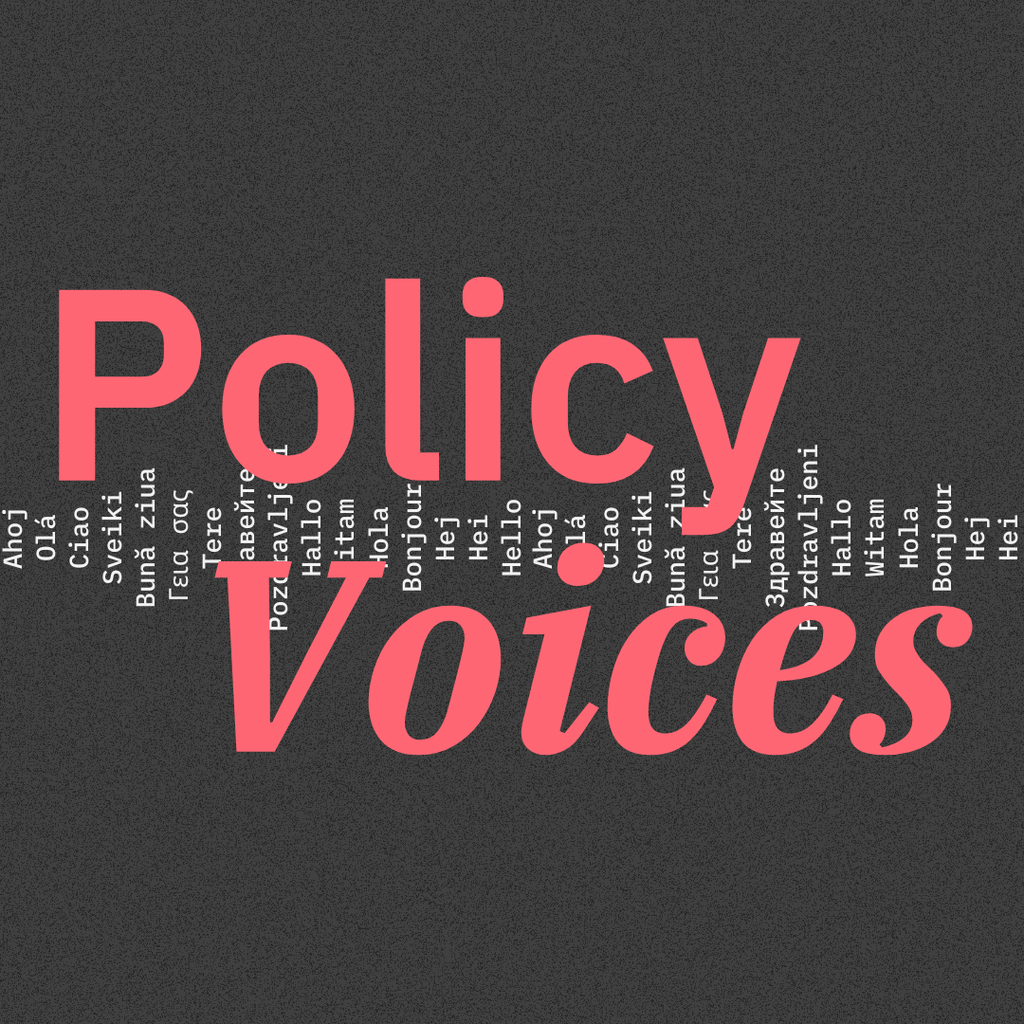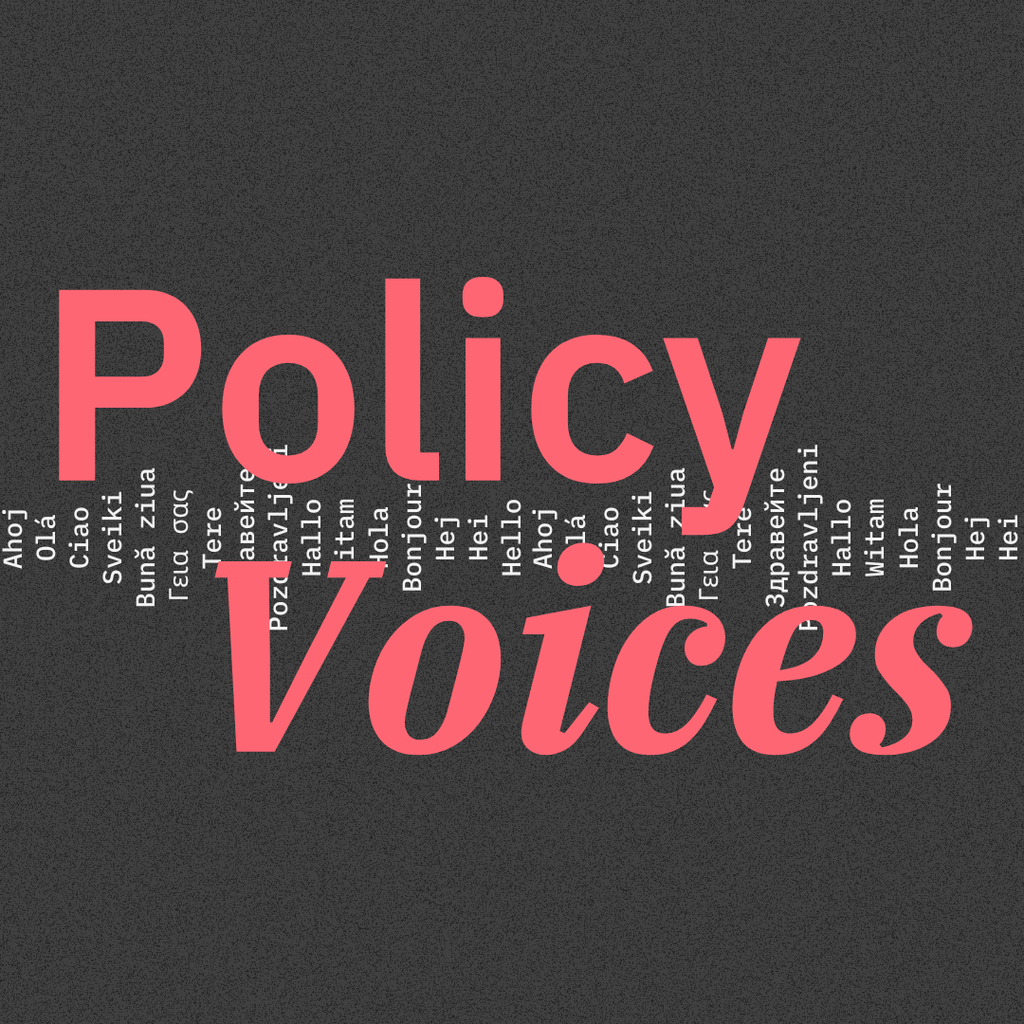Europe-China Forum
Next event In person & livestreamed

- Area of Expertise
- Global Europe

Senior Vice President at the Center for Strategic and International Studies (CSIS)
Heather Conley is Senior Vice President at the Center for Strategic and International Studies (CSIS)
The international community is observing how a ‘near Arctic’ state can successfully acquire significant status and stature in the circumpolar Arctic over a relatively short period of time.
In just five years, China has become a permanent observer to the Arctic Council; has participated in the negotiations of and adopted a ground-breaking ‘Agreement to Prevent Unregulated High Seas Fisheries in the Central Arctic Ocean’, known as the ‘5+5 agreement’; has substantially increased its scientific research presence in the Arctic; and has increased its economic footprint in the Russian Arctic and across Northern Europe. The culminating effect is that China has gained “a seat at the table” among Arctic states and is poised to shape the region’s future. China’s Polar Silk Road outlines a strategy of cooperation, mutual respect and “win-win” economic benefits with several EU Arctic states that causes these new partners to simultaneously welcome and question China’s increased activity in the region.
China recognises the strategic value of the Arctic as a rich source of natural and mineral resources, a source of protein and an alternative transit route. China’s physical presence in the Arctic can be traced to 2004 when it established its first scientific research station on Svalbard. As a signatory to the 1920 Svalbard Treaty, China is permitted non-exclusive economic rights on the strategically-located, Norwegian Svalbard archipelago. But it was the 2008 global financial crisis which prompted China to utilise another important Arctic entry point: Iceland, an early victim of the global financial contagion.
The culminating effect is that China has gained “a seat at the table” among Arctic states and is poised to shape the region’s future
By 2010, Iceland and China had agreed to currency swaps as Iceland was contemplating possible EU membership. By 2013, Iceland became the first European nation to sign a Free Trade Agreement (FTA) with China. Between 2012 and 2017, China has invested approximately $1.2bn in Iceland, representing 5.7% of the country’s GDP. These investments have centered on energy resources, including Iceland’s oil and gas shelf. Two 2018 high-level meetings, the Sino-Icelandic Economic and Trade Commission and the Joint Committee of China-Iceland FTA, have strengthened economic ties and cooperation under the ‘Belt and Road’ framework, ensuring further Chinese ventures in Iceland.
Beijing views Reykjavik as an influential Arctic actor with a decisive voice within Arctic institutions and on future governance efforts. Beijing hopes to use Iceland’s upcoming chairmanship of the Arctic Council in 2019 and its close relationship with the former President of Iceland Ólafur Ragnar Grímsson to increase its regional influence.
China also views Finland, the current chair of the Arctic Council, as another influential EU voice on Arctic issues. In April 2017, President Xi Jinping and his Finnish counterpart, President Sauli Niinistö, announced the China-Finland Future-oriented New-type Cooperative Partnership, aimed at deepening cooperation in economic cooperation within the ‘Belt and Road’ framework.
The partnership primarily focuses on infrastructure projects intended to enhance trade links between Arctic ports and mainland Europe. China seeks to develop these expanded Arctic shipping routes for future commercial opportunities. The most ambitious effort envisions a rail line linking the south-eastern Finland with central China. Future proposed expansions into Norway and Sweden would transform Northern Europe into a central hub for future Arctic development, while also boosting the region’s tourism sector.
Similar attempts to connect the two regions are also underway in Sweden. They have proposed an ambitious infrastructure on Sweden’s West Coast which would have become the largest harbour port in the Nordic region had it not been withdrawn.
Thus, the European Union largely relies upon the diplomatic engagement of its Arctic member states to push its policies in their interactions with China
While Nordic EU member states have been the recipients of China’s Polar Silk Road initiative, the EU does not have a unified view of the merits and implications of Chinese investment patterns within Europe itself. This can be attributed to Beijing’s preference to work with EU and non-EU countries bilaterally.
Thus, the European Union largely relies upon the diplomatic engagement of its Arctic member states to push its policies in their interactions with China. As the current chair of the Arctic Council, Finland has promoted EU objectives as it sought to implement environmental protection measures, enhance Arctic connectivity, amongst other initiatives.
Other EU member states have also made important contributions, particularly those who are observers to the Arctic Council. For instance, this year the German government co-hosted the second Arctic Science Ministerial in Berlin, using the occasion to issue a joint statement that committed participants to greater scientific research and emphasized the importance of increased collaboration as the Arctic continues to warm.
Like China, the EU has tended to focus most of its efforts on securing a seat at the Arctic table, as evidenced by its efforts to become an observer to the Arctic Council. Although it has thus far failed to achieve permanent observer status, it is, in essence, a permanent ad-hoc observer. The EU was a participant in the 5+5 Central Arctic fisheries moratorium agreement and the services provided by its organisations, such as the European Space Agency; and its policy engagement with the region on environmental and maritime issues, socio-economic developments and scientific research, have made important contributions to Arctic policy development but without an overarching framework.
One key pillar of such a policy framework would be the EU’s development of a strategic investment protocol for foreign investments in the Arctic, particularly Chinese infrastructure investment patterns. The EU should hold Chinese projects to the highest environmental standards; ensure true agreements exist between indigenous communities and Chinese investors (not simply a transfer of funds); and examine if there are dual-use components to these infrastructure projects. These dimensions must be considered as Chinese economic activity across the region increases.
Next event In person & livestreamed

Past event

Past event Online

Past event IN PERSON & ONLINE





Stay informed
We use cookies and similar technologies to adjust your preferences, analyze traffic and measure the effectiveness of our campaigns. Learn more about our privacy policy.